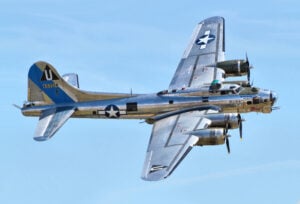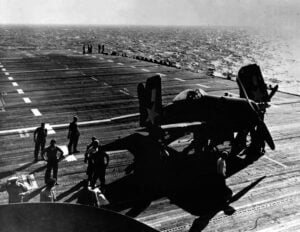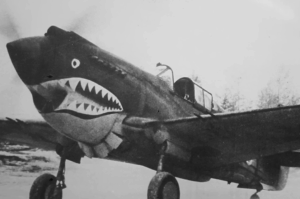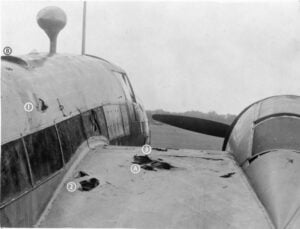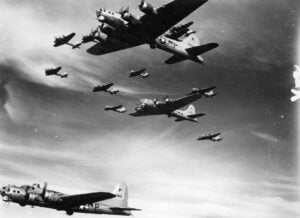4 Worst-Rated Allied Bombers of the Pacific War
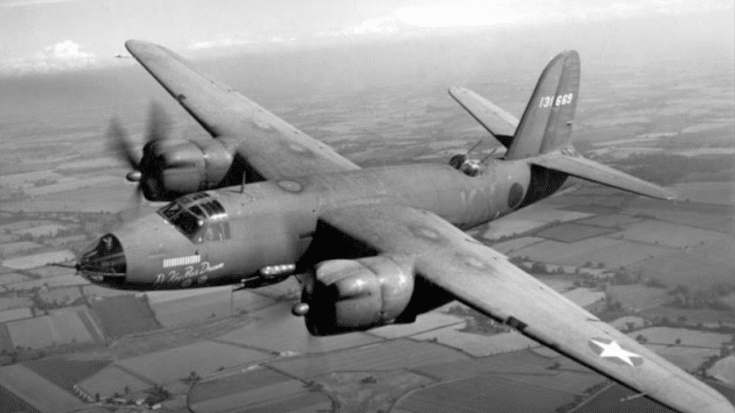
Fast Aviation Data / YouTube
The Pacific Theater of World War II posed major challenges for Allied bomber operations. Stretching across vast ocean distances, the theater tested the durability, reliability, and overall design of aircraft like few other environments. While some Allied bombers were key to victory in the Pacific, a few were poorly rated by their crews or fell short in specific roles. We examine four Allied bombers that received some of the lowest ratings due to technical issues, poor combat effectiveness, or challenges with maintenance.
1. The Brewster SB2A Buccaneer
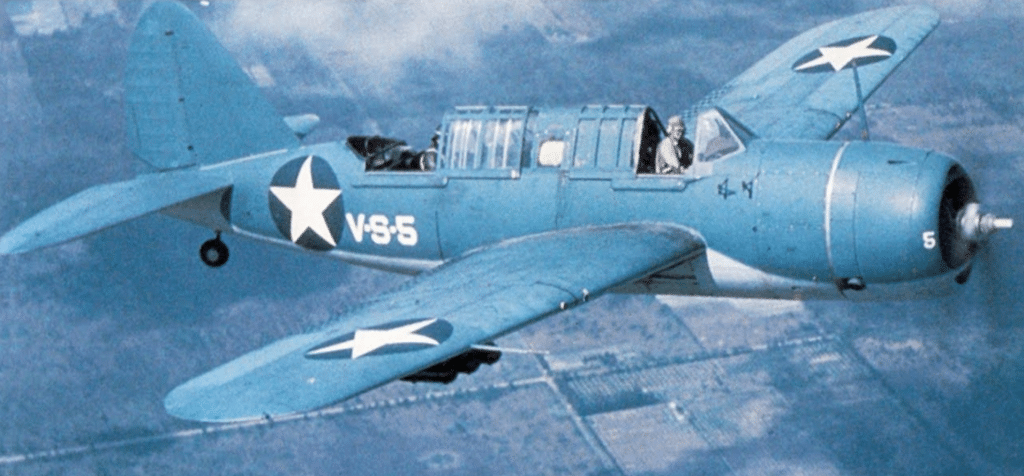
The Brewster SB2A Buccaneer became known as one of the most criticized aircraft in the Allied bomber lineup. Originally designed as a dive bomber and scout aircraft, the SB2A was plagued by poor performance and high maintenance demands. While it was supposed to provide bombing support in the Pacific, the Buccaneer was considered underpowered for the tasks it was assigned. With a maximum speed that was lower than expected, it struggled to meet the demands of fast-paced aerial engagements, which frustrated many pilots.
Adding to its problems, the SB2A suffered from structural weaknesses and a lack of agility, making it difficult for crews to rely on it in combat. Its limited payload capacity meant it could carry only a small bomb load compared to other bombers in the theater. This meant that it was less effective in terms of striking power, which was vital in the Pacific, where distances between targets were vast, and maximizing each mission’s impact was essential. By 1943, the SB2A was largely removed from frontline duties, and Allied forces relied on more capable aircraft for bombing runs.
2. The Vultee A-31 Vengeance
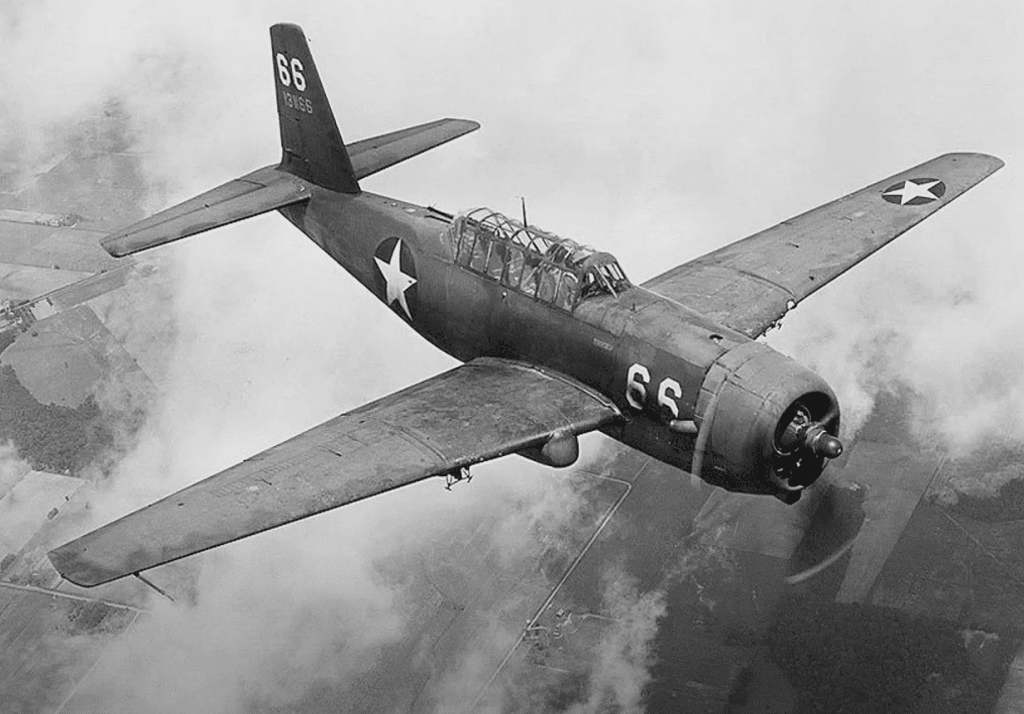
The Vultee A-31 Vengeance was introduced as a dive bomber intended to support Allied ground forces. While it had a more powerful engine compared to the SB2A, the Vengeance still fell short of expectations. Its limited speed and maneuverability made it vulnerable to enemy fighters, and its dive-bombing capabilities were not as effective as other aircraft in the Pacific. The Vengeance was also considered challenging to control during dives, and its poor handling characteristics often placed crews at risk during missions.
The Vengeance’s narrow combat role also hindered its overall usefulness. Designed primarily for dive-bombing, it could not adapt well to other types of missions, which restricted its versatility. As Allied strategy in the Pacific evolved to favor multi-role aircraft that could perform bombing, reconnaissance, and ground attack, the Vengeance quickly became less relevant. By late 1943, the Vengeance was mostly phased out from frontline service, although some units continued to use it in secondary roles. It ultimately could not compete with more capable bombers, and its service in the Pacific Theater was short-lived.
3. The Martin B-26 Marauder
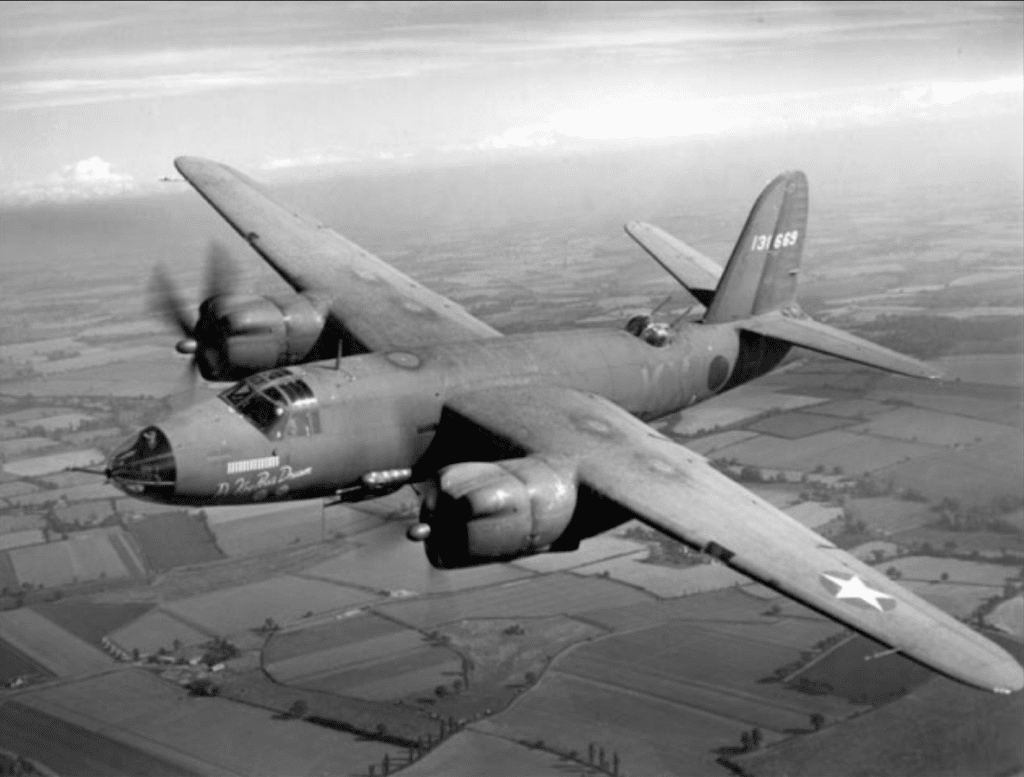
Although the B-26 Marauder was more successful in Europe, it was less effective in the Pacific Theater, where conditions presented different operational challenges. Known for its high-speed design and demanding handling requirements, the B-26 was difficult for many pilots to master, and its short wingspan made landings particularly tricky. The aircraft required long runways to take off and land, a serious drawback in the Pacific, where airstrips were often shorter and more challenging to construct on the islands.
The Marauder’s reputation as a “hot plane” with a steep learning curve meant that it was often underutilized by less experienced crews. Additionally, it required skilled ground crews to maintain, as its complex engine design was prone to mechanical issues in the humid, tropical conditions of the Pacific. Although it had decent defensive armament, the B-26’s limited range hindered its effectiveness, as many strategic targets in the Pacific required longer-range missions. Over time, Allied forces in the Pacific increasingly relied on more versatile and reliable aircraft for their bombing needs, and the Marauder saw more limited use.
4. The Douglas A-20 Havoc
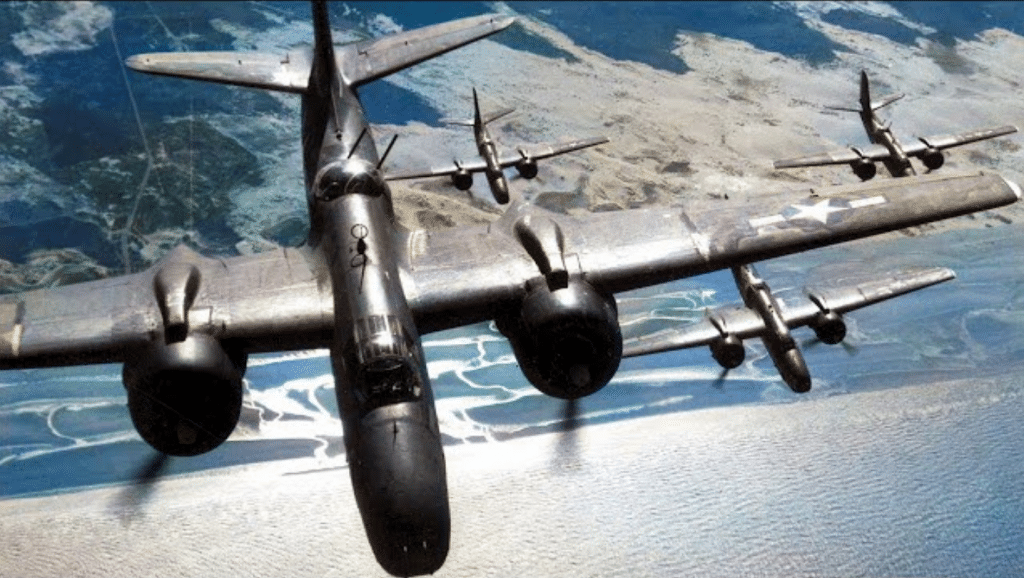
The Douglas A-20 Havoc was used widely by the Allies and had success in some regions, but it struggled to meet expectations in the Pacific. As a light bomber and attack aircraft, the A-20 was fast, but its limited range proved to be a major drawback. The distances between island bases and enemy targets in the Pacific required bombers with long-range capabilities, and the A-20 was simply not designed for extended missions. This limited its use to short-range operations, restricting the types of missions it could perform effectively.
Another issue the A-20 faced in the Pacific was its limited bomb load capacity, which prevented it from delivering the powerful strikes needed to disrupt well-defended targets. The aircraft’s lighter armor also made it vulnerable to anti-aircraft fire, especially when flying at lower altitudes on strafing missions. Although the A-20 was agile and could avoid some enemy fire, it was not well-suited to the challenges of the Pacific. As the war progressed, medium and heavy bombers with longer range and heavier bomb loads, such as the B-24 Liberator, increasingly took on the central bombing roles in the Pacific. The A-20, while valued for its speed and versatility in some theaters, became more of a secondary asset in the Pacific War.














